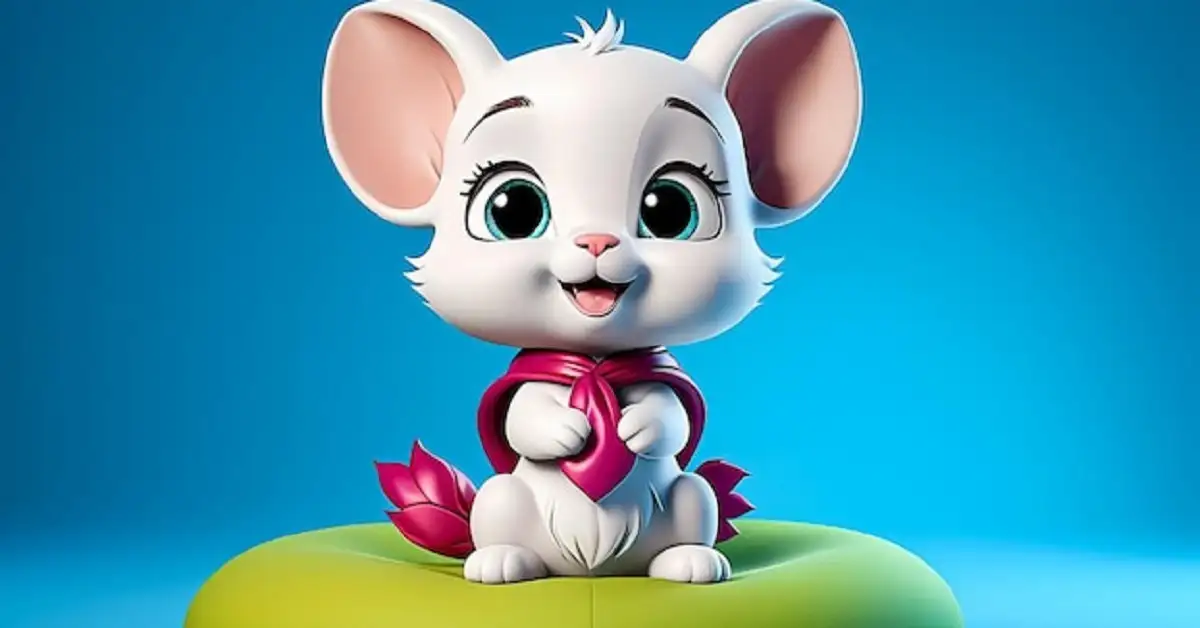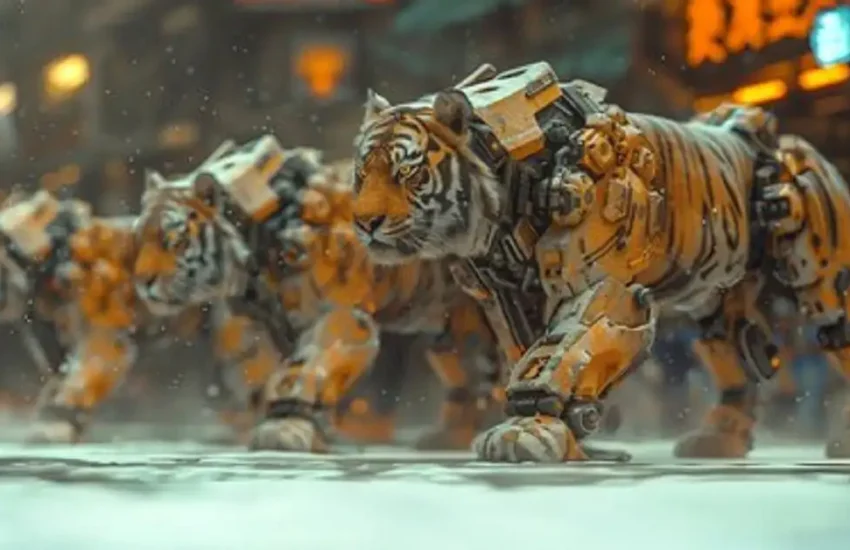Cute = Stitch – A Comprehensive Guide
In the vast realm of textiles and fabric arts, innovative stitching techniques often bring unique styles and functionality to various crafts. One such intriguing method is the Cute = stitch. This guide will delve deep into its origins, methodology, applications, and how it stands out in the world of stitching.
Origins of Cute = Stitch
The Cute = stitch is a relatively new addition to the stitching lexicon, gaining popularity in recent years among hobbyists and professional artisans alike. Its origins are somewhat enigmatic, with the name itself suggesting a modern, possibly digital inception. The blend of alphanumeric characters hints at an era where traditional crafts meet contemporary, tech-savvy interpretations.
The Anatomy of Cute = Stitch
Materials Needed
To execute the Cute = stitch, you will need:
- A needle suitable for the fabric you are working on
- Thread of your choice, preferably a medium thickness for visibility
- Fabric (any type, though beginners may prefer a more forgiving weave)
- An embroidery hoop (optional but helpful for maintaining fabric tension)
Step-by-Step Process
- Prepare Your Materials: Ensure you have all the necessary materials. Cut a manageable length of thread, around 18 inches, to avoid tangling.
- Thread the Needle: Carefully thread your needle and tie a small knot at the end of the thread to prevent it from slipping through the fabric.
- Begin with a Base Stitch: Start by creating a simple base stitch, such as a straight stitch, to anchor your thread to the fabric.
- Form the First Loop: Bring the needle up through the fabric and create a small loop by pushing the needle back down close to the point where it emerged.
- Cross Over: Bring the needle up again a short distance from the loop and cross the thread over the loop, securing it in place.
- Repeat and Pattern: Continue this process, forming loops and crossing over, creating a series of interconnected loops that form a chain-like pattern.
- Securing the Stitch: To finish, secure the last loop by making a small knot at the base and weaving the excess thread back into the fabric to hide it.
Visual Guide
While the written instructions provide a basic understanding, a visual guide or instructional video can be immensely helpful. Look for online tutorials or diagrams to get a clearer picture of the process.
Applications of Cute = Stitch
The Cute = stitch is versatile and can be used in various textile projects. Here are some popular applications:
Decorative Embroidery
One of the primary uses of this stitch is in decorative embroidery. Its intricate loops and cross-over patterns add a unique texture and aesthetic to any piece. It’s perfect for embellishing clothing, accessories, and home décor items like pillowcases and wall hangings.
Quilting
Quilters have also embraced the Cute = stitch for its ability to create beautiful, textured patterns on quilt tops. It can be used to outline shapes, add intricate details, or even as a primary quilting stitch to hold layers together.
Fashion Design
In fashion design, the Cute = stitch offers a contemporary twist to traditional embroidery techniques. Designers use it to create eye-catching patterns on garments, adding a bespoke element to their creations.
Crafting and DIY Projects
For hobbyists and DIY enthusiasts, this stitch opens up a world of creative possibilities. It can be incorporated into handmade gifts, personalized items, and unique art pieces, showcasing both skill and creativity.
Tips for Mastering Cute = Stitch
Practice on Scrap Fabric
Before applying the Cute = stitch to your final project, practice on a piece of scrap fabric. This helps you get a feel for the technique and allows you to make any adjustments to your method.
Use a Hoop for Tension
An embroidery hoop can be very helpful in maintaining consistent tension in your fabric, especially when working on intricate designs. This ensures that your stitches are even and your pattern remains intact.
Experiment with Thread Types and Colors
Different threads can yield different effects. Experiment with various thread types and colors to find the combination that best suits your project. Metallic threads, for instance, can add a touch of shimmer and sophistication.
Keep Your Thread Tangle-Free
To avoid frustration, keep your thread smooth and tangle-free. If you notice knots forming, gently untangle them before continuing. Using shorter lengths of thread can also help minimize tangling.
Take Your Time
Patience is key when mastering any new stitching technique. Take your time with each stitch, ensuring precision and consistency. As you become more comfortable, you can increase your speed.
Conclusion
The Cute = stitch is a fascinating addition to the world of textiles, offering a blend of traditional craftsmanship and modern innovation. Its unique pattern and versatile applications make it a favorite among embroidery enthusiasts and professional designers alike. By following the steps and tips outlined in this guide, you can master this stitch and incorporate it into your own creative projects, adding a distinctive touch to your work. Happy stitching!


